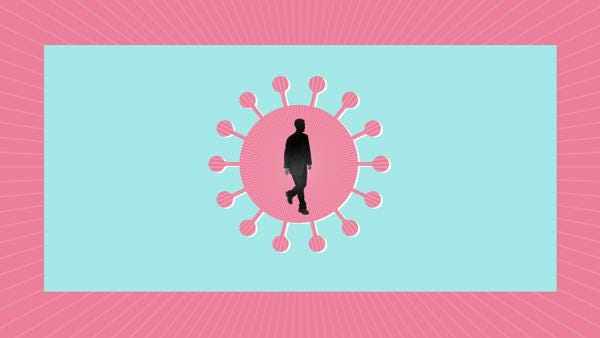
Buffalo, N.Y. (WBEN) - Scientists at the University at Buffalo and Erie County health officials say on Wednesday the Omicron variant of COVID-19 has been detected in Erie County.
The variant was found in virus samples, analyzed by a UB team that has been sequencing the virus in the region, of Western New Yorkers who tested positive this month.

“Based on what other countries and other parts of New York State are experiencing, the Omicron variant is more transmissible than previous SARS-CoV-2 viral strains,” said Erie County Commissioner of Health Gale Burstein, MD.
“Whether this variant causes more severe illness or not, we expect that this variant will have the strongest impact on people most vulnerable to COVID-19 – unvaccinated or immunocompromised,” added Burstein, who is also a clinical professor of pediatrics in the Jacobs School of Medicine and Biomedical Sciences at UB. “This is all the more reason to use all the tools in our toolkit to protect the most vulnerable in our community, with vaccination, mask wearing and other interventions.”
The Omicron variant was detected by the same team of researchers from the Jacobs School that reported the arrival of the Delta variant in Erie County in June, as well as other variants of concern.
Led by Jennifer Surtees, PhD, associate professor of biochemistry, the team includes her colleagues at UB’s New York State Center of Excellence in Bioinformatics and Life Sciences; together, they have been conducting the only genomic sequencing of COVID-19 samples in Western New York.
“We have a new variant in our community and we need to respond accordingly,” said Surtees, also co-director of UB’s Community of Excellence in Genome, Environment and Microbiome. “This virus has evolved; it’s not the same virus it was at the start of the pandemic or even during the Delta wave. And while we’ve only been looking at Omicron for less than a month, there is a tremendous amount of data available from around the world that can help us prepare for this. We have the tools to mitigate the spread, but we need to work together as a community.”
While it’s hard to pinpoint exactly when Omicron arrived in Western New York, Surtees said that her team had sequenced about 800 samples in November, all of which were Delta. “So it’s possible that Omicron didn’t arrive here until this month,” she said.

She noted that while vaccines are still the strongest defense against the virus, the latest scientific evidence indicates that all fully vaccinated people need to get a booster shot as soon as they are time-eligible.
“People who are six months past the second dose of Pfizer or Moderna, or two months after one dose of the J&J vaccine are poorly protected against Omicron,” she said. “The good news is that third dose, a booster, brings that protection way up again.”
